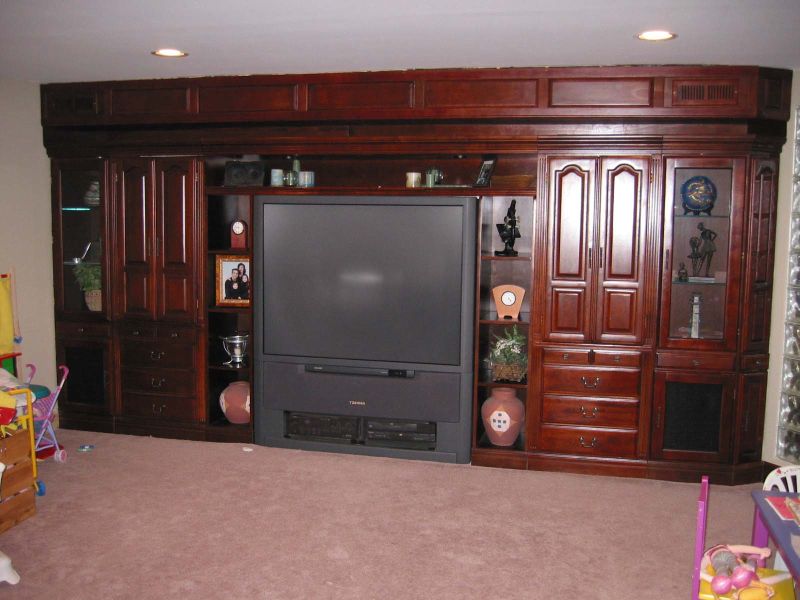Magic Marker Stains on Cured Conversion Varnish
Advice on getting magic marker ink off a varnished countertop. July 24, 2006
Question
I have a customer who has some old magic marker stains on her wood countertop. They seem to have sunk to the base of the finish. Slight abrasion on the surface has no effect. I think that the most likely type of finish is conversion varnish as these are Woodmode counters. Since the stains seem to have sunk to the bottom of the finish layers (via some eerie unknown chemical magic) their removal presents an unusual challenge (unique in my experience). Has anyone here any magic tricks that might help me with this? The stains were originally black but are now a thin, grey shadow floating at the finish base. The wood appears to be maple with a light honey stain.
Forum Responses
(Finishing Forum)
From contributor A:
Try rubbing it with a little lacquer thinner on a rag.
From contributor B:
Why not ask Wood-Mode?
From contributor C:
Try household bleach, alcohol or mineral spirits before lacquer thinner.
From contributor A:
Magic marker is basically a dye with a high flash solvent base. Most other solvents will not remove marker. I have used lacquer thinner on CV to remove marker on natural maple cabinets. It did not affect the finish at all. It is always best to try in an inconspicuous place first to make sure that the topcoat is actually CV.
From contributor D:
Denatured alcohol does a great job with markers and will not touch the CV.
From contributor E:
Most markers use alcohol as the solvent, in some cases, combining alcohol and lacquer thinners may do the trick. On second thought, you might want to try this: mix up some dyes to get the best color of the wood and the original stain, try mixing the dye with some vinyl sealer to act as your binder.
Do a color test by coloring in a few defects in a small area, then make up a shading stain using the same dyes to blend in the defects, and then apply your clear coats. Make adjustments as needed. Chances are the solvents will not work through the coating, and if it did, you still will have come up with a method of coloring in the defects.
From Paul Snyder, technical advisor, Finishing Forum:
Inks commonly use either a shellac or acrylic binder to glue the pigments and/or dyes to the surface they're used on. The solvent for the shellac based ink is alcohol and the solvent for the acrylic based in is glycol ether (xylene is a good replacement solvent to try).
If the ink was on the surface of the finish, you could try Goof-Off 2 on the spot using Q-tips to get it off. Goof-Off 2 contains glycol ether as one of its solvents. If that doesn't work, try xylene next. If that doesn't work, try alcohol (denatured is fine). If most of the ink is removed but some color remains, use some oxalic wood bleach or laundry bleach on the spot, also using a Q-tip.
If the ink has migrated too deep to be wiped off or bleached, removing the finish is the only way to get rid of it. You can try abrading the finish to cut it back and see if you can get the color out without removing the finish entirely.
From contributor E:
None of the named solvents will soften or penetrate into the cured CV (methanol, ethylene glycol, xylene, or toulene). I would look for a way to try to camouflage the problem, and save yourself time, material, and profit. Do the best you can, or take a pass and do another job.
From contributor G:
If it's a sharpie-type, and it's leached into the wood, you might be out of luck. I accidentally made a face frame box, paint grade, with sharpie writing on the outside, so I tried to primer over it - and tried, and tried. Nothing worked - the stuff leached right through even topcoat. I wound up having to drill out the lettering with a 3/8 drill bit and filling the holes with Bondo. Now it looks nice and nobody knows there's Bondo in their corner wall cabinet.
From contributor E:
Now, that's a story every one should always remember. Thank heaven for Bondo, it saved the day, and the job.
